Why Does My Sewing Machine Keep Bunching The Thread? 2024
Have you ever been excited to start sewing something on your sewing machine, only to find that the thread keeps bunching up and making a big mess?
Don’t worry, it happens to everyone, even experienced sewers!
In this article, I will explain why does my sewing machine keep bunching the thread and how to fix it easily at your home.
Why Does My Sewing Machine Keep Bunching The Thread?
A sewing machine may keep bunching the thread due to various reasons, such as incorrect threading, improper tension settings, a bent or dull needle, using the wrong type of thread or fabric, or a problem with the bobbin. Checking these factors and making necessary adjustments can help resolve the issue.
Related Post: Why Does My Sewing Machine Keep Unthreading
Reasons of Sewing Machines Keep Bunching The Thread
There are a few common reasons why sewing machines keep bunching the thread.
1. Incorrect Threading
One of the most common reasons for thread bunching is incorrect threading. Each sewing machine has a specific way to thread the upper thread and the bobbin thread. If you don’t follow the correct threading path, the thread can get caught and create a mess. To fix this, carefully rethread both the upper thread and the bobbin thread following the machine’s manual instructions.
2. Tension Issues
Tension is another important factor that affects the stitching quality. If the tension is too tight or too loose, it can cause the thread to bunch up. The tension discs control how much resistance the thread encounters while being pulled through the machine. You can adjust the tension by using the tension dial or knob on your sewing machine. Experiment with different tension settings until you find the right balance where the thread moves smoothly without bunching up.
3. Dull or Wrong needle
Using a dull or wrong needle can also lead to thread bunching. Needles become dull over time with use, and if you’re using the wrong type or size for your fabric, it can cause problems. A dull needle can’t penetrate the fabric properly, and a wrong needle can create too much resistance for the thread. Make sure to use the correct needle for your fabric type and replace it regularly to avoid thread bunching.
4. Bobbin Issues
The bobbin is the small spool that holds the lower thread. If it’s not inserted correctly or wound unevenly, it can cause the thread to bunch up. Check that the bobbin is properly seated in its case and that the thread is wound smoothly onto it. If the bobbin is damaged or worn out, consider replacing it with a new one.
5. Short Thread tails
When starting a new seam, leave long thread tails of about 4-6 inches. Short thread tails can get pulled into the machine and cause thread bunching.
6. Feed Dogs are down
The feed dogs are the metal teeth underneath the presser foot that move the fabric through the machine. If the feed dogs are lowered, the fabric may not move smoothly, leading to thread bunching. Ensure that the feed dogs are up and properly engaged.
7. Presser Foot is not down
Make sure that the presser foot is lowered before you start sewing. Sewing with the presser foot up can disrupt the thread tension and cause bunching.
8. Missing or Insecure Spool Cap
The spool cap helps keep the thread spool in place. If it is missing or not securely attached, the thread may not unwind smoothly, resulting in bunching. Double-check that your spool cap is in place and secure.
9. Bobbin Case is Dirty
Over time, lint and debris can accumulate in the bobbin case, affecting the smooth movement of the thread. Clean the bobbin case area regularly to prevent lint buildup.
10. Sewing Machine Maintenance
Like any other machine, sewing machines need regular maintenance. Dust, lint, and debris can accumulate in the machine, causing the thread to get stuck and bunch up. Clean your sewing machine regularly, following the manufacturer’s instructions, and oil it if necessary. This will help keep the machine running smoothly and prevent thread bunching issues.
What Is the Thread Uptake Lever?
The thread uptake lever, also known as the thread take-up lever, is an important component of a sewing machine. It is a moving part that helps regulate the flow of thread during the sewing process.
The thread uptake lever is typically located on the upper part of the sewing machine, above the needle area. It is a metal arm or lever that moves up and down as you sew. Its purpose is to guide the thread from the spool to the needle, creating proper tension and ensuring smooth and even stitching.
When you start sewing, the thread is threaded through various guides and tension discs before reaching the thread uptake lever. As you stitch, the lever moves up and down in sync with the needle, helping to pull the thread from the spool and maintain tension. This constant motion allows the thread to be properly fed through the machine, preventing tangling, knotting, or uneven stitches.
Proper threading and correct positioning of the thread uptake lever are essential for optimal sewing performance. It is important to follow the specific instructions provided by your sewing machine’s manufacturer to ensure proper threading and tension adjustments.
Is Your Thread Bunching Up On Top Of Your Fabric?
If your thread is bunching up on top of the fabric, it is likely due to issues with the bobbin thread. Here are some common reasons and solutions:
- Incorrectly wound bobbin: Make sure you wind the bobbin properly. The thread should be evenly and tightly wound onto the bobbin without any gaps or loops. Follow the instructions in your sewing machine’s user manual for correct bobbin winding.
- Tension problems: Check the tension of the bobbin thread. If the tension is too tight, it can cause the thread to bunch up on top of the fabric. Adjust the bobbin tension according to your machine’s instructions. It’s also important to ensure that the top thread tension is properly set.
- Bobbin threading issues: Double-check that you have correctly threaded the bobbin case. Ensure the thread is passing through the correct guides and tension mechanisms. If the bobbin case is not threaded properly, it can lead to thread bunching on top of the fabric.
- Thread Compatibility: Ensure that you are using the correct type and weight of thread for your sewing project. An incompatible thread may not flow smoothly and can cause bunching or tension issues.
- Needle problems: A damaged or incorrect needle can also contribute to thread bunching. Make sure you are using the right needle type and size for your fabric. Replace the needle if it is bent, dull, or has been in use for a long time.
- Bobbin case issues: Inspect the bobbin case for any signs of damage, rough edges, or debris. Clean the bobbin case thoroughly and remove any lint or tangled threads that may be interfering with the smooth operation of the bobbin thread.
Is The Thread Bunching Up Under The Fabric?
Yes, “the thread bunching up under the fabric” refers to a situation where the thread used for sewing or stitching becomes tangled or forms small loops underneath the fabric instead of creating a smooth and even seam.
This can happen due to various reasons, such as improper tension settings on the sewing machine, using the wrong type or size of the thread, or using a blunt or damaged needle.
When the thread bunches up under the fabric, it can affect the appearance and quality of the stitching. It is important to troubleshoot and address the issue to ensure neat and professional-looking sewing.
How Do Sewing Needles Affect Threading?
Sewing needles play a crucial role in the threading process when it comes to sewing. The design and characteristics of sewing needles can affect how easily and efficiently the thread passes through the fabric.
- Needle Eye Size: The size of the needle’s eye, which is the hole through which the thread passes, determines the thickness of the thread it can accommodate. Thicker threads require larger needle eyes, while finer threads work best with smaller needle eyes.
- Needle Point: Different needle points are suitable for different types of fabric. For instance, sharp points are ideal for woven fabrics as they pierce through the fibers easily. On the other hand, ballpoint or rounded points are more suitable for knitted fabrics as they slide between the loops without causing damage.
- Needle Size: The size of the needle affects the size and visibility of the stitch. A larger needle is required for heavier fabrics, while a smaller needle is suitable for lightweight fabrics. Using the wrong needle size can result in skipped stitches, fabric damage, or uneven tension.
- Needle Coating: Some sewing needles have special coatings, such as titanium or chrome, which reduce friction and increase their durability. These coatings can make threading smoother and decrease the chances of the needle getting stuck or breaking.
- Needle Shape: Needles come in various shapes, such as universal, quilting, embroidery, or leather needles. Each shape is designed for specific sewing tasks, and using the appropriate needle shape ensures better threading and stitching results.
Could a damaged or dull needle be causing thread bunching?
Yes, a damaged or dull needle can cause thread bunching. Replace the needle with a new one and ensure that you are using the correct type and size of needle for your fabric.
Can incorrect sewing machine settings lead to thread bunching?
Yes, incorrect sewing machine settings such as stitch length, stitch tension, or presser foot pressure can contribute to thread bunching. Refer to your sewing machine’s manual to ensure the settings are appropriate for your fabric and adjust them if necessary.
Should I clean and lubricate my sewing machine to resolve thread bunching?
Regular maintenance, including cleaning and lubricating your sewing machine, can help prevent thread bunching. Follow the manufacturer’s instructions for cleaning and lubrication to ensure smooth operation.
If I have tried all the suggested solutions and the thread still keeps bunching, what should I do?
If you have exhausted all the troubleshooting steps and the issue persists, it may be time to consult a professional sewing machine technician.
They can diagnose and repair any underlying mechanical or technical problems that may be causing the thread bunching.
Conclusion
In conclusion, thread bunching is a common issue when sewing with a machine, but with a bit of understanding and troubleshooting, you can fix it. Check your threading, adjust the tension, use the correct needle, ensure the bobbin is in good condition, and keep your sewing machine clean. By following these steps, you’ll be back to sewing smoothly in no time!
Happy sewing!
FAQs: Why Does My Sewing Machine Keep Bunching the Thread
What is thread bunching?
Thread bunching refers to the formation of tangled or loose loops of thread on the underside of the fabric being sewn.
Why is my sewing machine creating loops of thread on the underside of the fabric?
This issue is often caused by problems with the tension settings, bobbin placement, or improper threading of the machine.
Could improper bobbin placement be the cause of thread bunching?
Yes, improper bobbin placement can cause thread bunching. Make sure the bobbin is correctly inserted into the bobbin case or shuttle. It should spin smoothly without any obstructions or tangles.
What can I do if the thread keeps bunching even after checking the tension and bobbin placement?
Ensure that the upper thread is properly threaded through all the necessary guides and tension discs. Re-thread the machine carefully, following the instructions provided by the manufacturer.
Is the type or quality of thread I’m using affecting the thread bunching?
Yes, the type and quality of thread can contribute to thread bunching. Using low-quality or old thread, or using the wrong type of thread for your fabric, may cause issues. Try using a good-quality thread suitable for your sewing project.
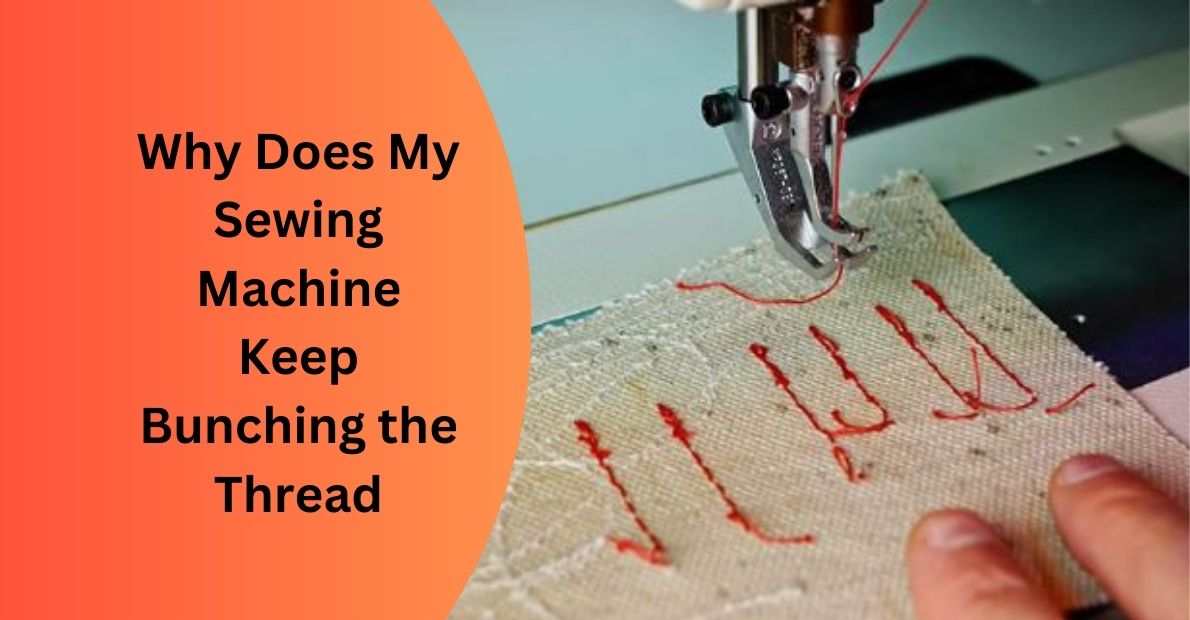
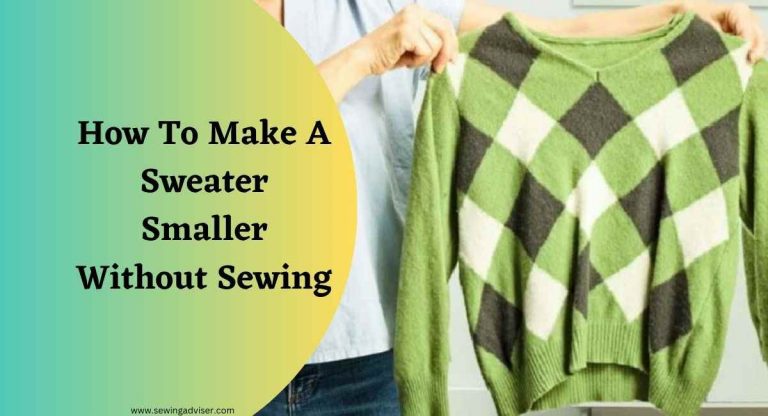
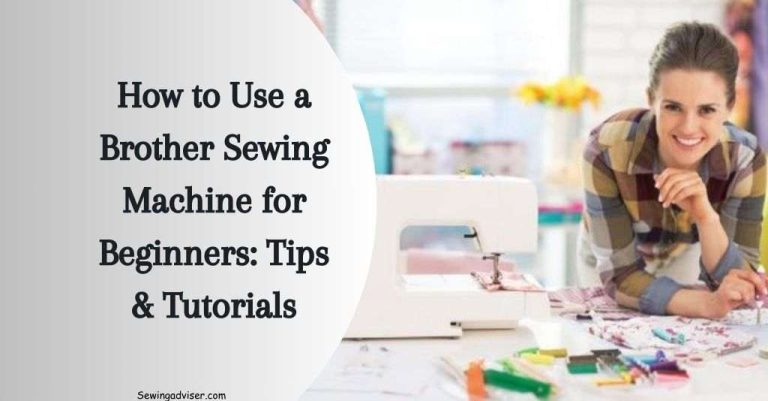
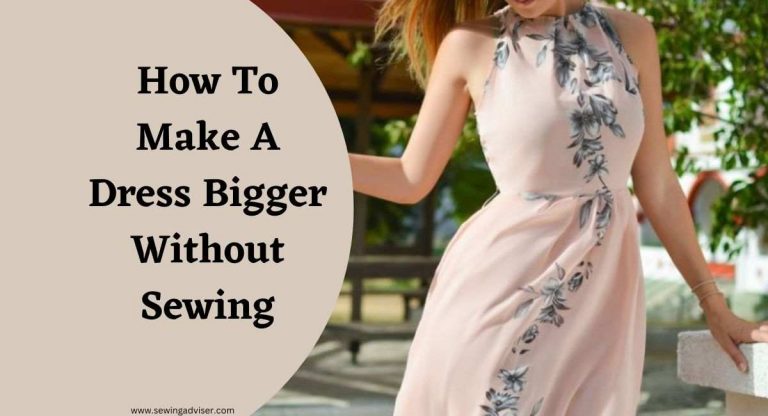
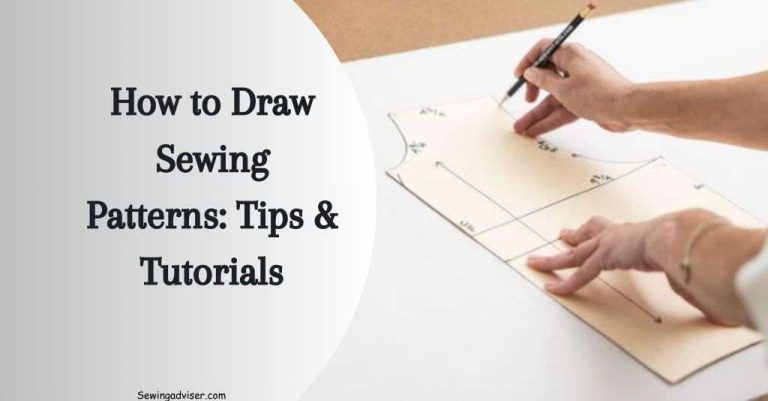
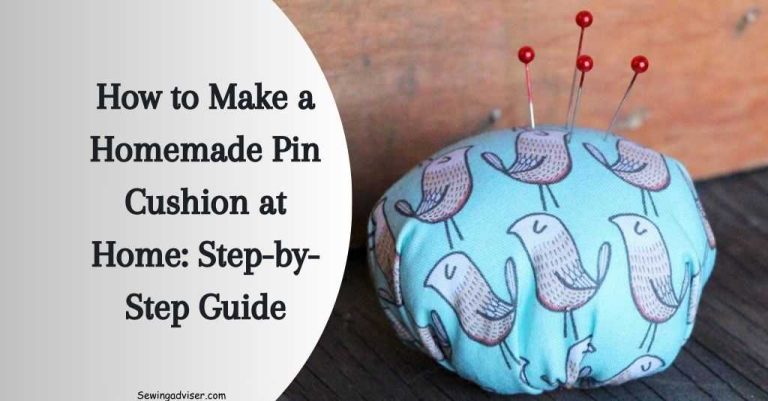
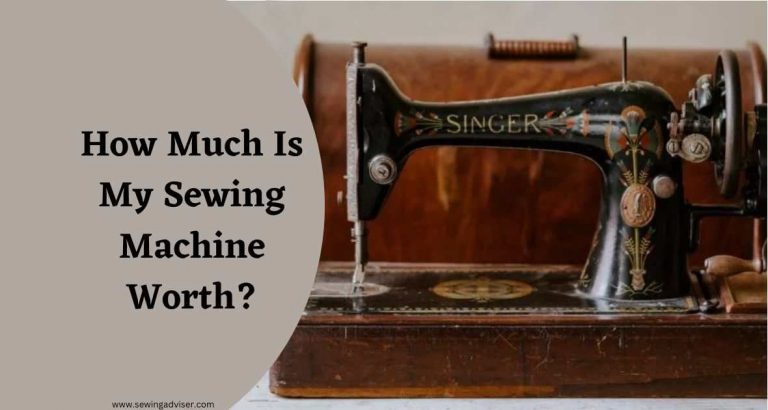
14 Comments